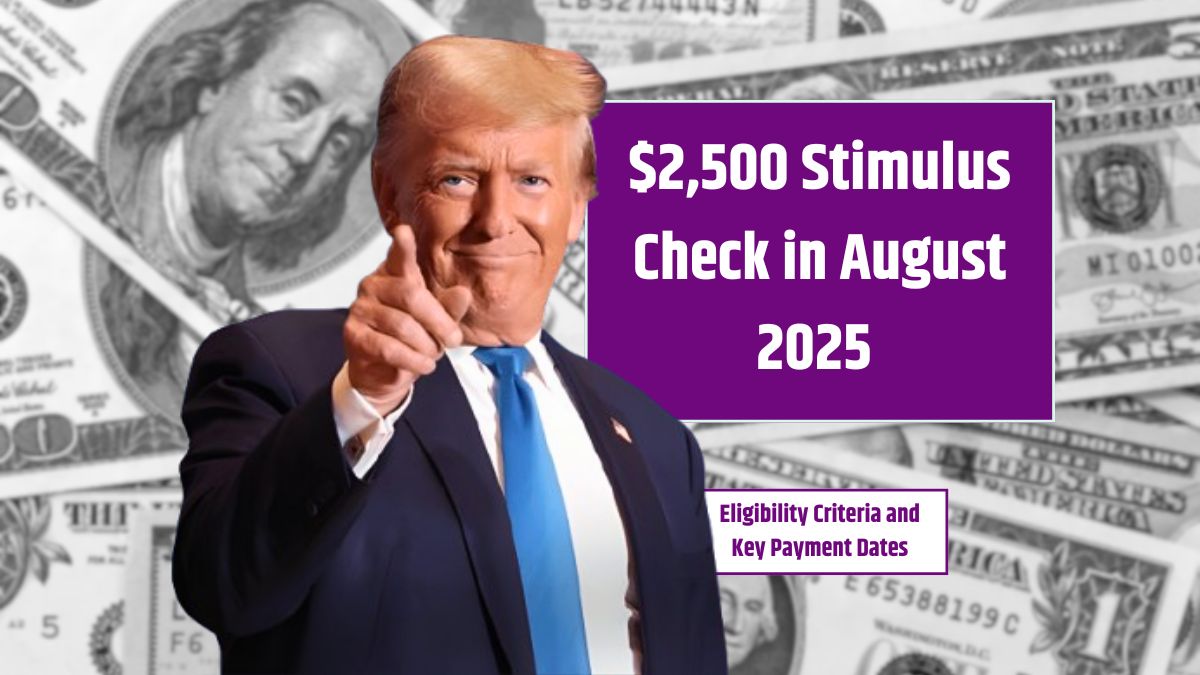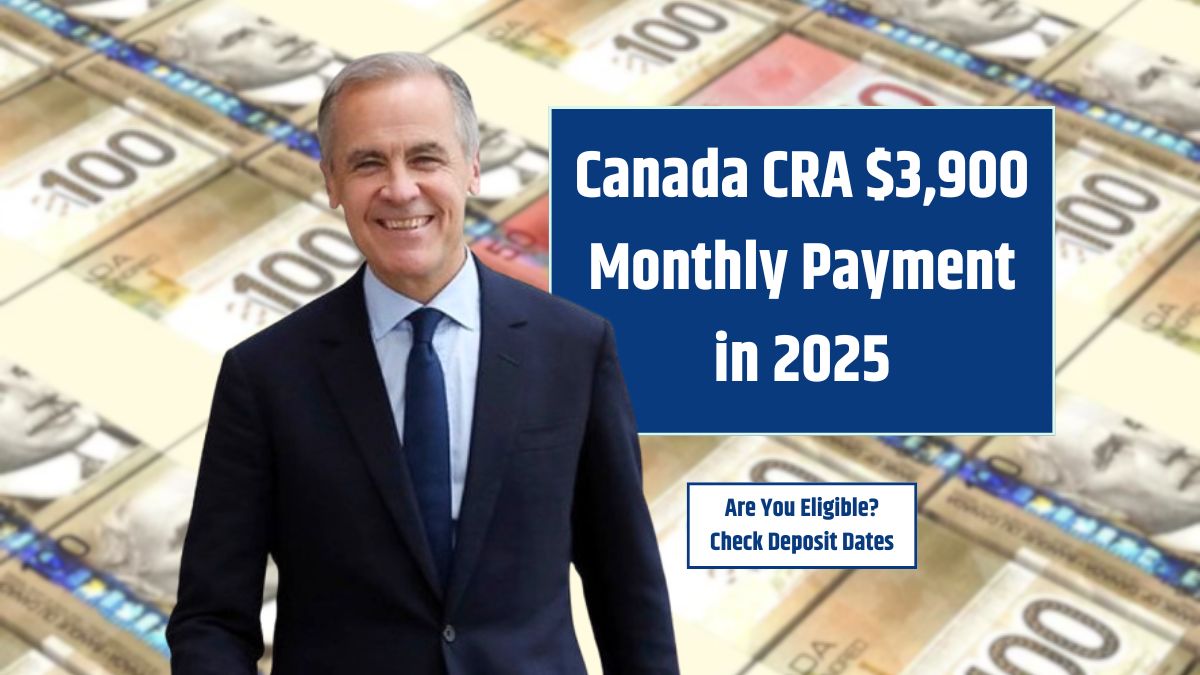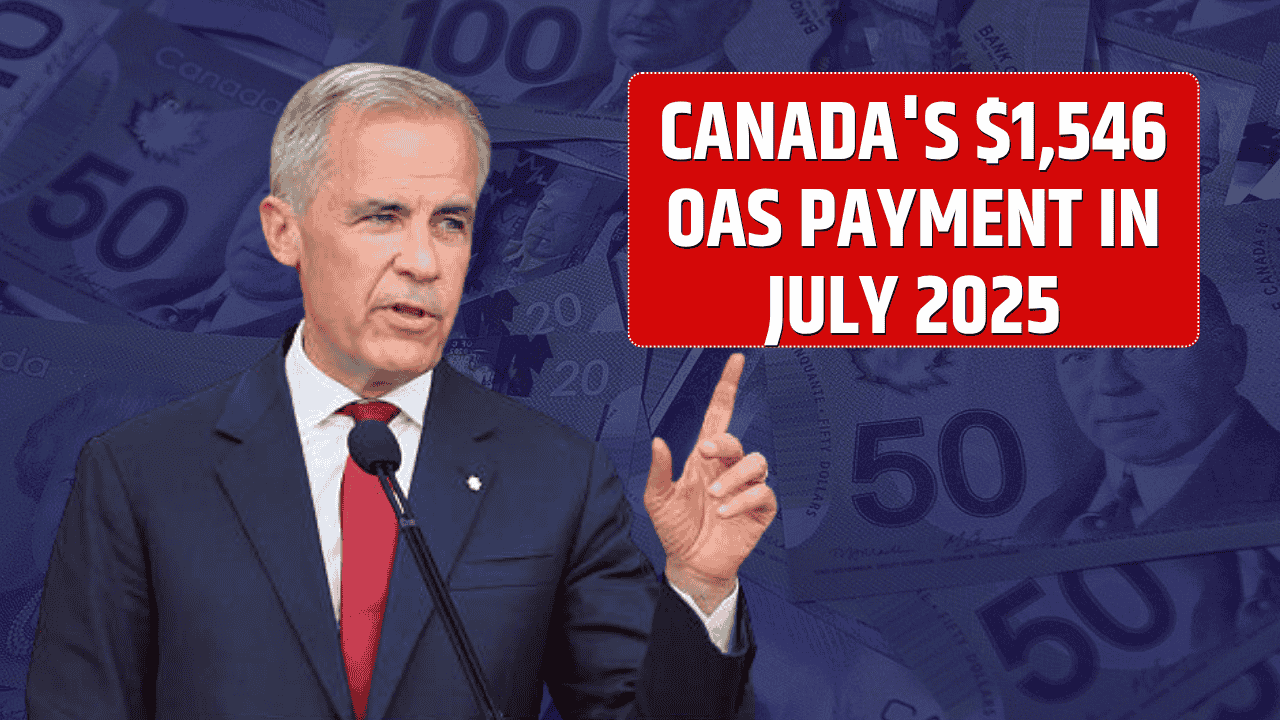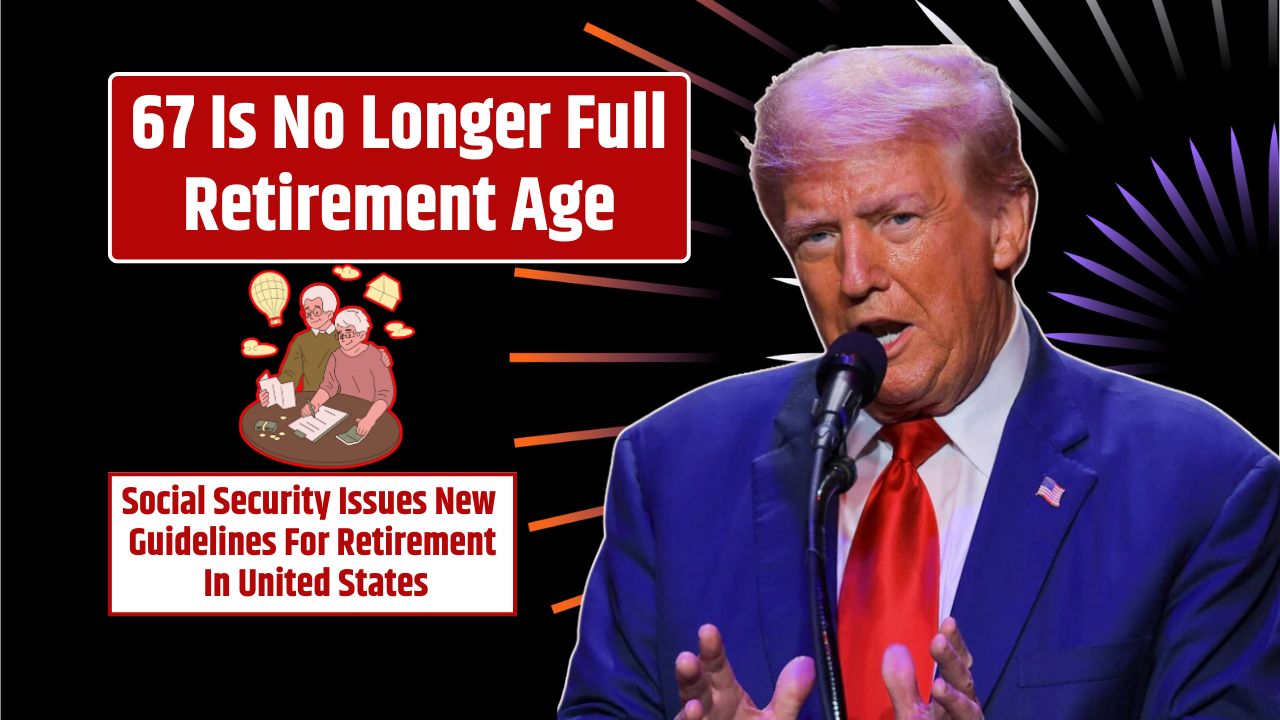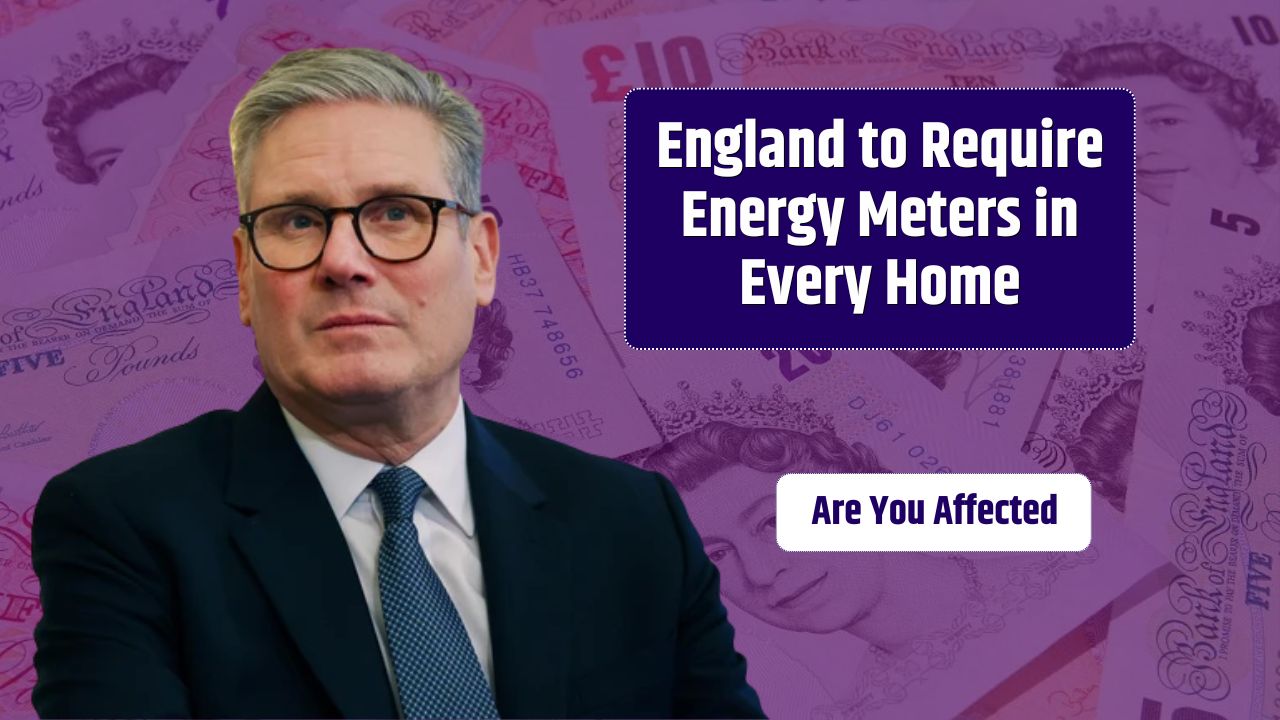A potential $2,500 stimulus payment tied to the “DOGE Dividend” proposal has stirred national attention ahead of August 2025. While not officially approved yet, the idea has gained traction as part of a bold plan to return federal savings to taxpayers. But is this real relief or just political buzz? This guide will break it down clearly — from how it would work and who might qualify, to how you can prepare and what alternatives are already available.
Table of Contents
Overview
Let’s start with a quick summary of the proposed $2,500 stimulus:
| Topic | Details |
|---|---|
| Payment Amount | Proposed $2,500 per eligible taxpayer |
| Status | Not approved as of July 2025 |
| Eligibility | Taxpayers with positive net federal income tax liability |
| Exclusions | Non-taxpayers, dependents, some retirees, low-income earners |
| Distribution Method | Direct deposit, paper check, or prepaid debit card |
| Related Proposal | DOGE Dividend (Department of Government Efficiency initiative) |
| Estimated Beneficiaries | Up to 60 million Americans |
| Federal Site for Updates | IRS.gov |
$2,500 Stimulus and DOGE Dividend
The DOGE Dividend is a proposed economic plan backed by Elon Musk and supported politically by former President Donald Trump. The idea is to return some of the $155 billion saved through federal efficiency improvements directly to U.S. taxpayers. If passed, this would be one of the largest individual stimulus payments in U.S. history.
But here’s the reality check: it has not yet cleared Congress, meaning no payment is guaranteed — at least not yet.
Who Might Qualify?
If the payment becomes law, eligibility could look like this:
Primary Eligibility:
- Filed a 2023 or 2024 federal tax return
- Had a positive net federal income tax liability
- Possess a valid Social Security Number
- Not claimed as a dependent by someone else
Basically, if you paid any income taxes recently, you’d likely be in the pool. The IRS estimates over 60 million people would meet this standard.
Who’s Likely Excluded:
- People who paid no federal income tax
- Retirees relying only on Social Security or SSI
- Students/dependents claimed on another’s return
- Individuals in active tax disputes with the IRS
This setup would be more restrictive than previous federal stimulus programs, which included low- and no-income households.
When Would Payments Arrive?
If Congress approves the DOGE Dividend legislation in August, here’s a likely (unconfirmed) timeline:
| Payment Method | Estimated Start Date |
|---|---|
| Direct Deposit | Early September 2025 |
| Paper Checks | Mid-September 2025 |
| Debit Cards | Late September 2025 |
Payments would be based on the most recent return (2023 or 2024) in the IRS system.
How to Prepare (Just in Case)
Even though the payment isn’t confirmed, it’s smart to take some steps now:
- File your taxes — especially if you haven’t filed for 2023 or 2024.
- Update direct deposit info with the IRS to avoid mailing delays.
- Beware of scams — the IRS never texts or DMs about payments.
- Track news from trusted sources, like IRS.gov or major media outlets.
Alternatives You Can Get Right Now
If you missed the third stimulus from 2021, there’s still time to claim it — by August 17, 2025 — by filing a 2021 tax return.
State-Level Stimulus and Rebates
Many states are offering their own stimulus programs:
| State | Program Type | Amount |
|---|---|---|
| California | Family First Monthly Payments | Up to $725/month |
| Colorado | TABOR Refunds | Up to $1,130 |
| New Mexico | Income-Based Economic Relief | Variable |
| New York | Earned Income & Rent Credits | Varies by household |
| Pennsylvania | Property Tax/Rent Rebates | Up to $1,000+ |
Check your state’s Department of Revenue website for up-to-date info.
What Experts Are Saying
Economists and tax experts have mixed reactions to the DOGE Dividend. While the proposal has captured public imagination, experts warn that selective payouts could worsen inequality by excluding the lowest-income Americans — the very people who need help the most.
Others argue that if structured properly, the program could reward taxpayers while still improving government efficiency.
While the proposed $2,500 stimulus in August 2025 could offer serious financial relief, it’s still far from guaranteed. The best move right now? File your taxes, stay informed, and look into other federal and state-level programs already offering support. If this does pass, you’ll be ahead of the curve.
FAQs
Is the $2,500 stimulus approved yet?
No, it’s still under congressional review as of July 2025.
Who qualifies for the DOGE Dividend?
Taxpayers with positive federal income tax liability who aren’t dependents.
When could payments be sent out?
If passed in August, payments may begin in September 2025.
Can I still claim the 2021 $1,400 credit?
Yes, by filing a 2021 return before August 17, 2025.
Are there state stimulus checks available now?
Yes, several states like CA, CO, and NM have active relief programs.

